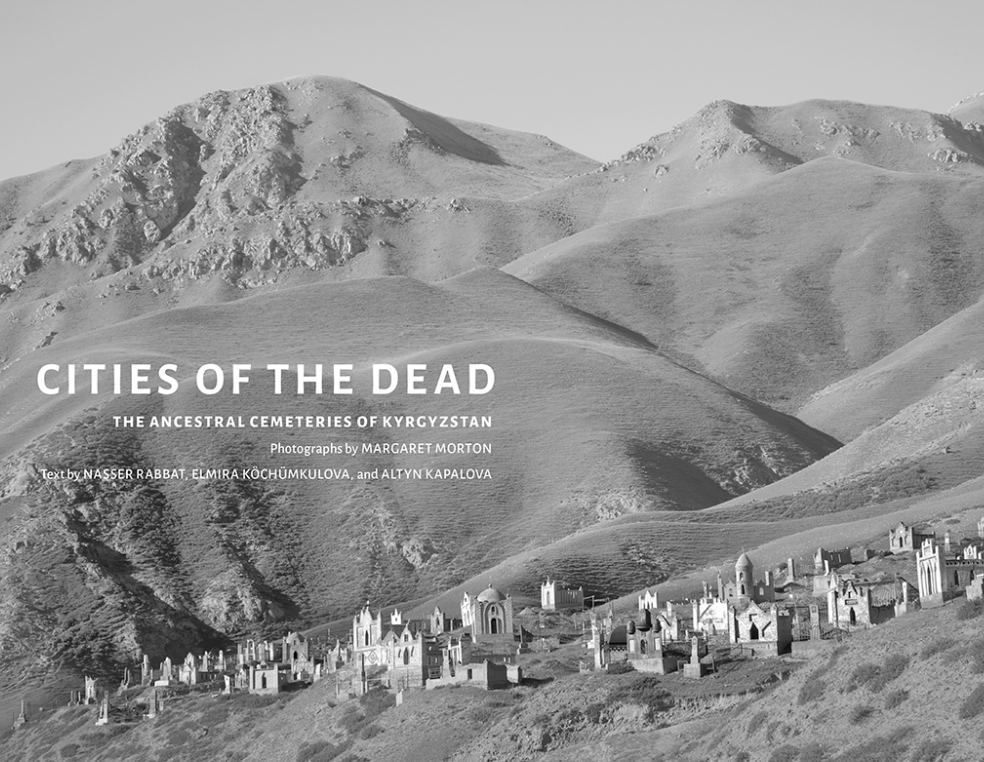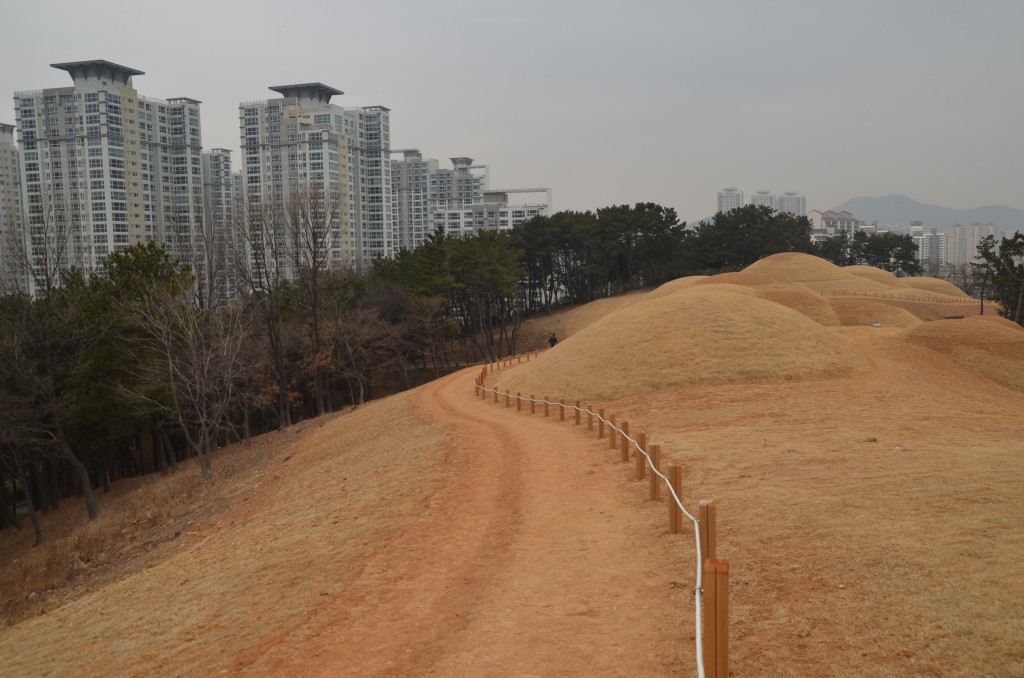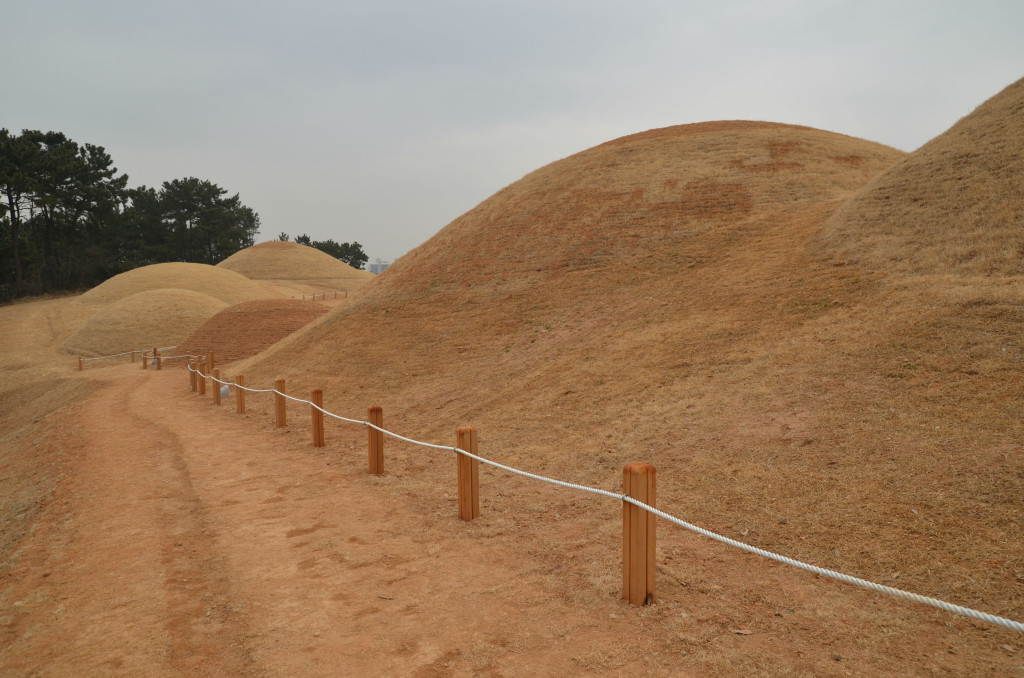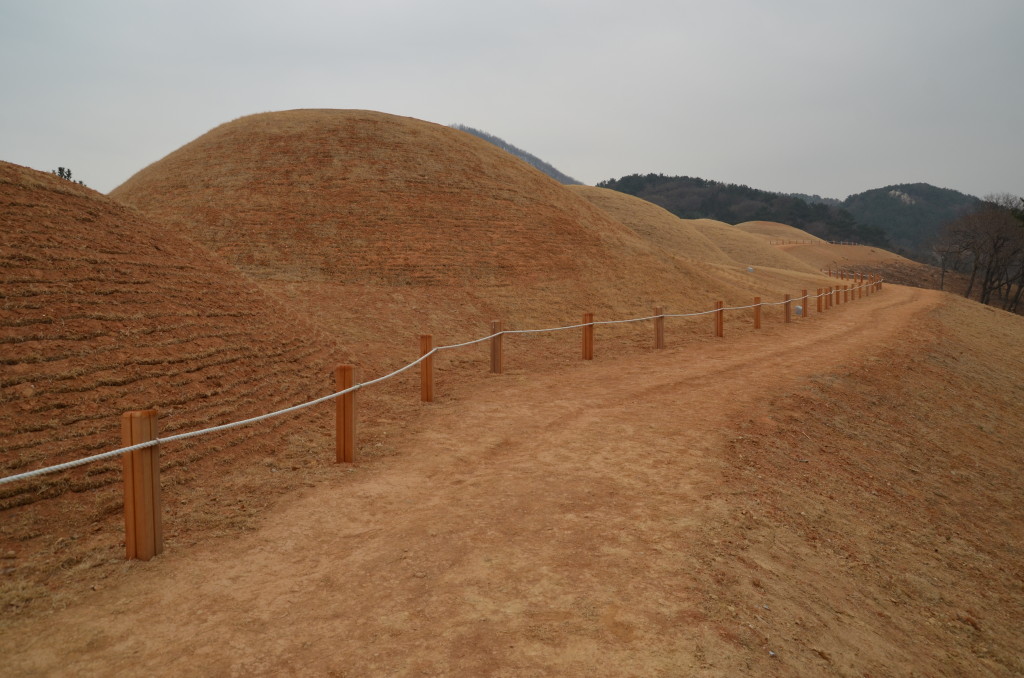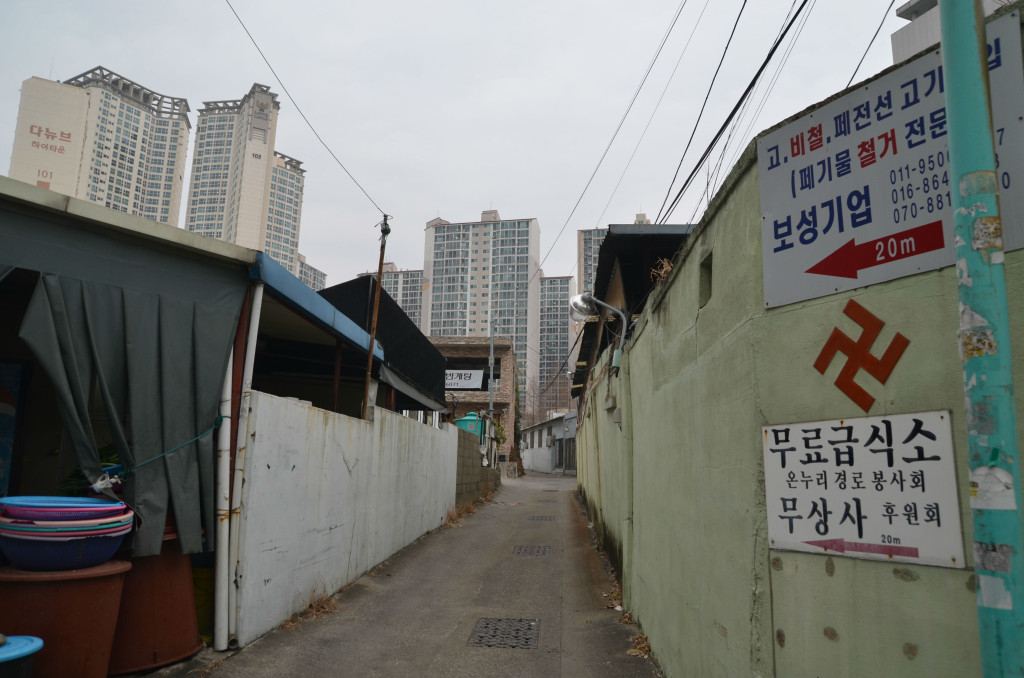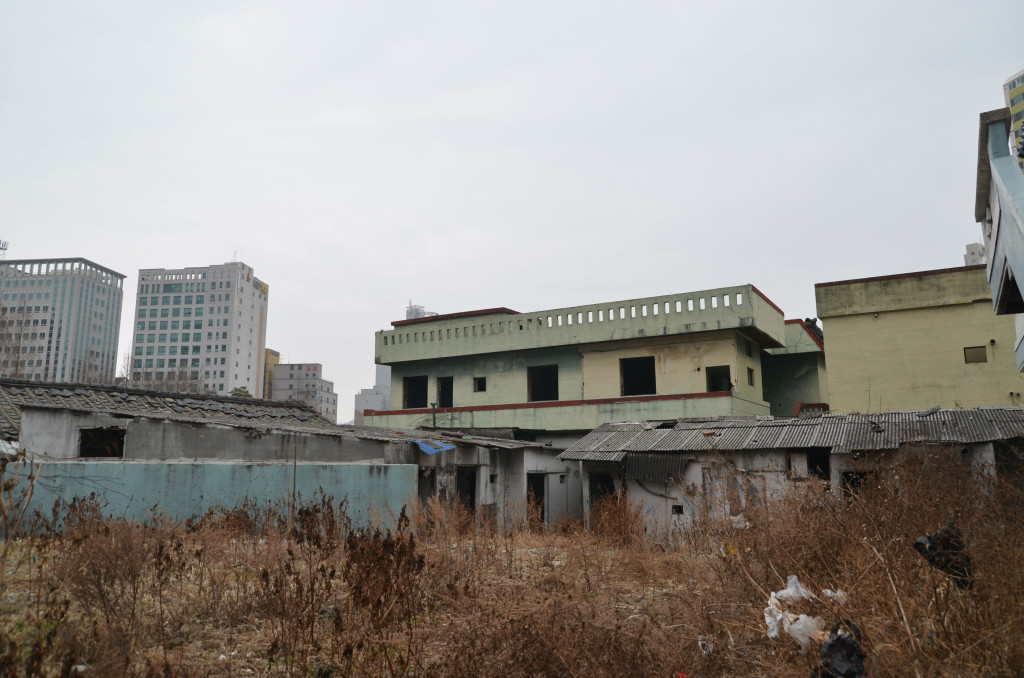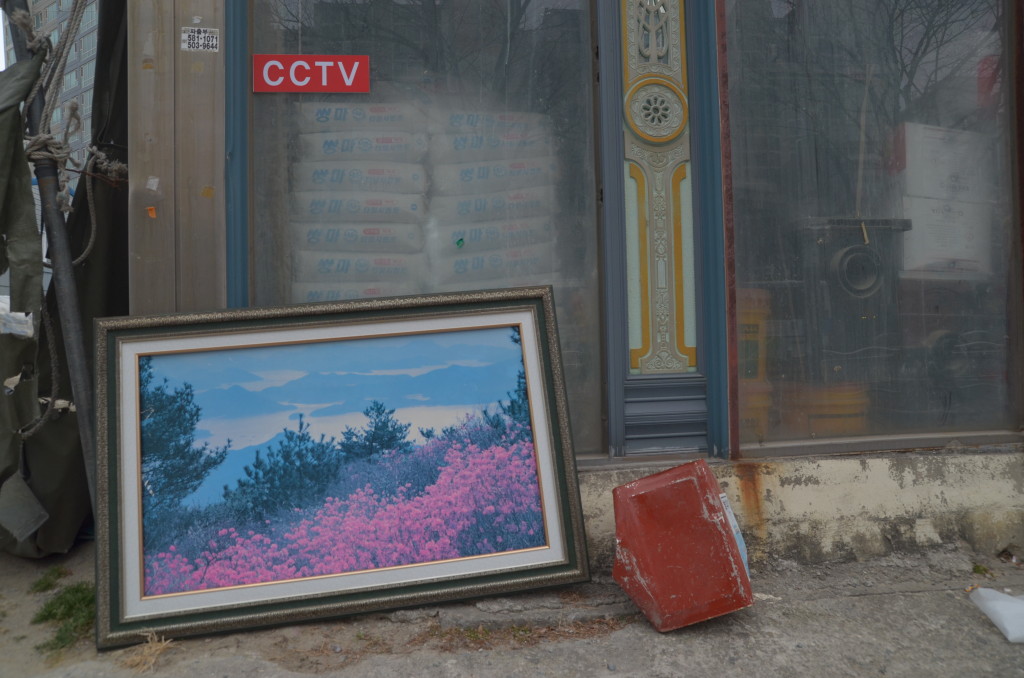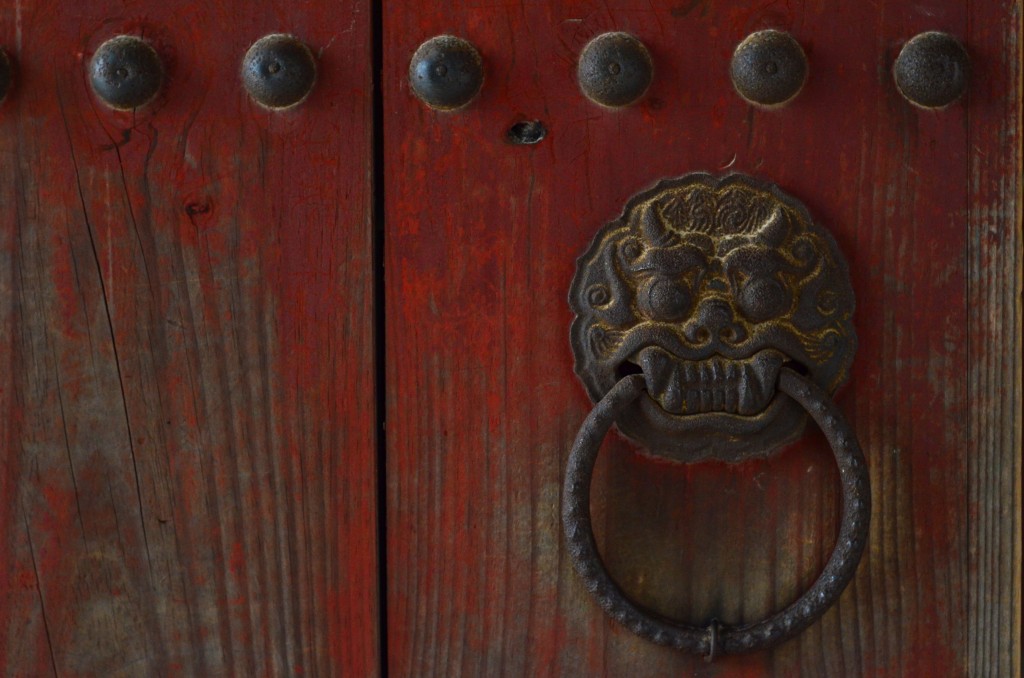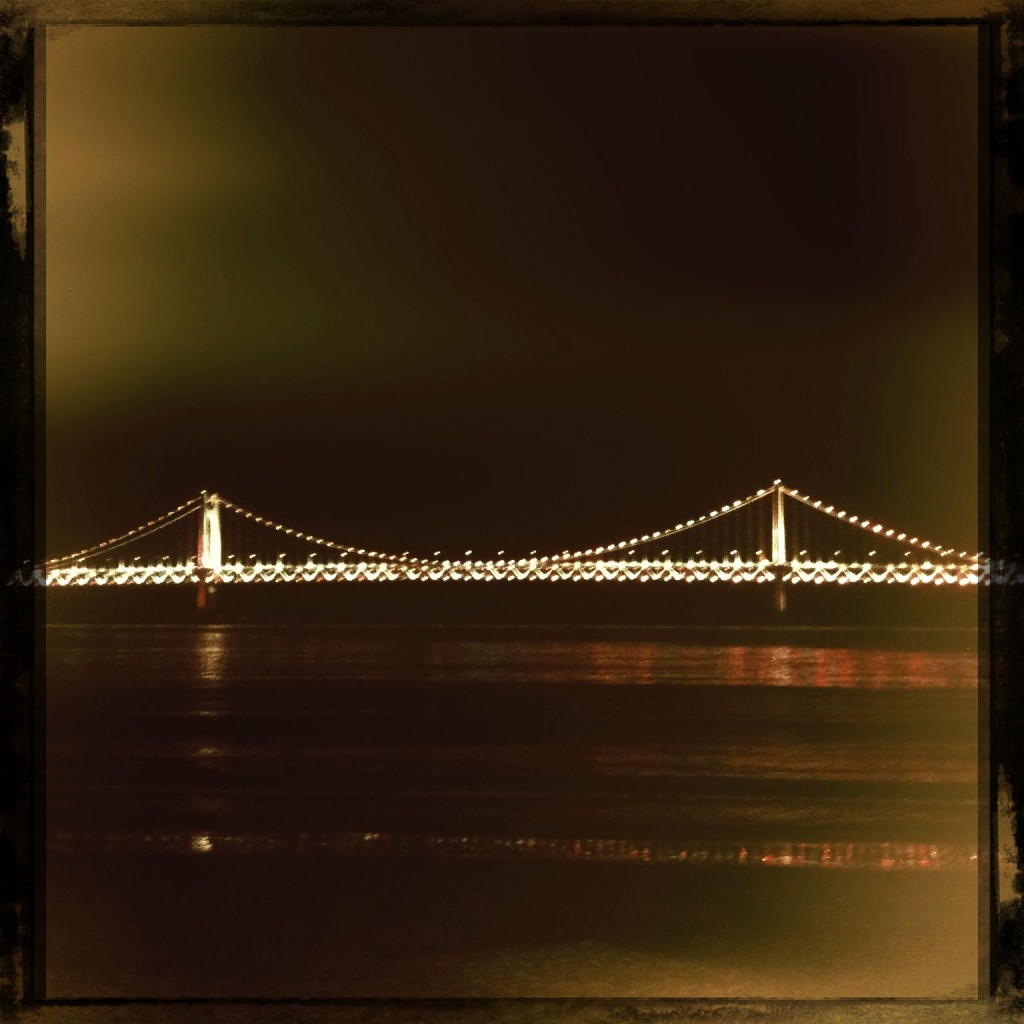Category Archives: history
ww ii before and after the war
photo essays from the atlantic. part of a ww ii series:
http://www.theatlantic.com/photo/2011/06/world-war-ii-before-the-war/100089/
http://www.theatlantic.com/photo/2011/10/world-war-ii-after-the-war/100180/
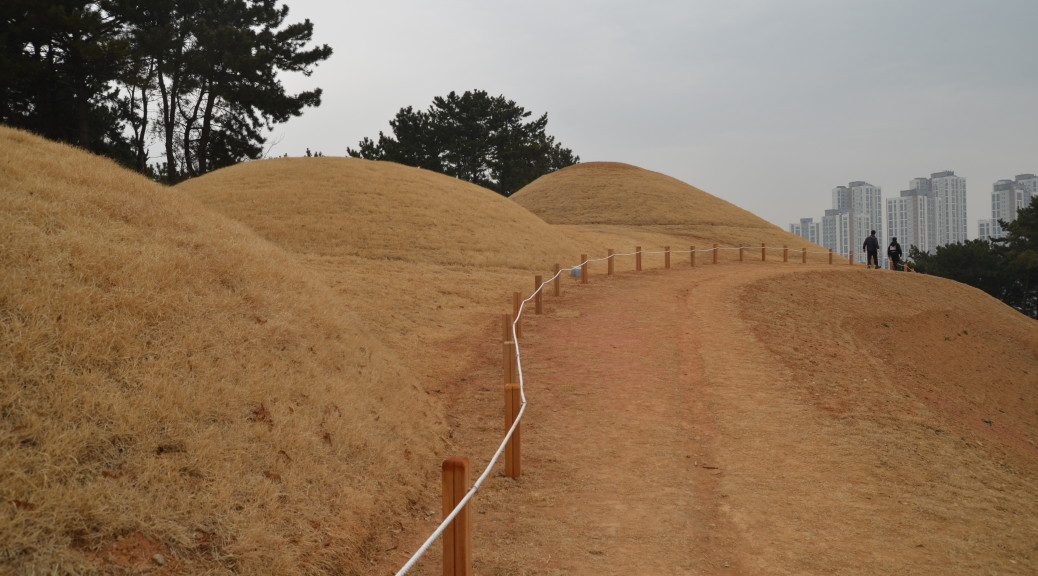
banyeo to sajik
banyeo. saw the local tomcat chasing a marauding intruder. they tumbled out from under a parked car letting out war cries. the catfight rolled onto the busy street. the cabdrivers slowed down and gave the warriors a brake-a courtesy not often extended to civilians and pedestrians.
crossed the suyong into yeonsan. followed gobun-ro along baeksan mountain. went over the tunnel that cuts into one of baeksan’s protuding ridges. at the top, i visited the ancient tombs of yeonsandong (옌산동고분군) from the gaya period (first to 6th century AD).
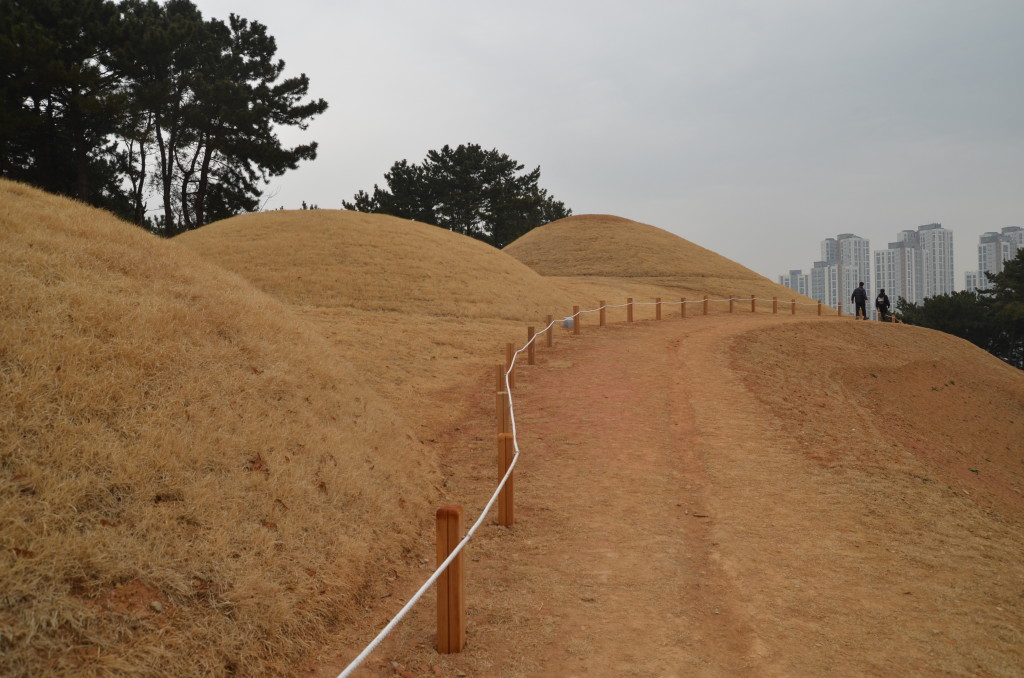 found a not-so-ancient artifact in the sexy and shady district surrounding yeonsan intersection. possible relic of a demolished love motel.
found a not-so-ancient artifact in the sexy and shady district surrounding yeonsan intersection. possible relic of a demolished love motel.
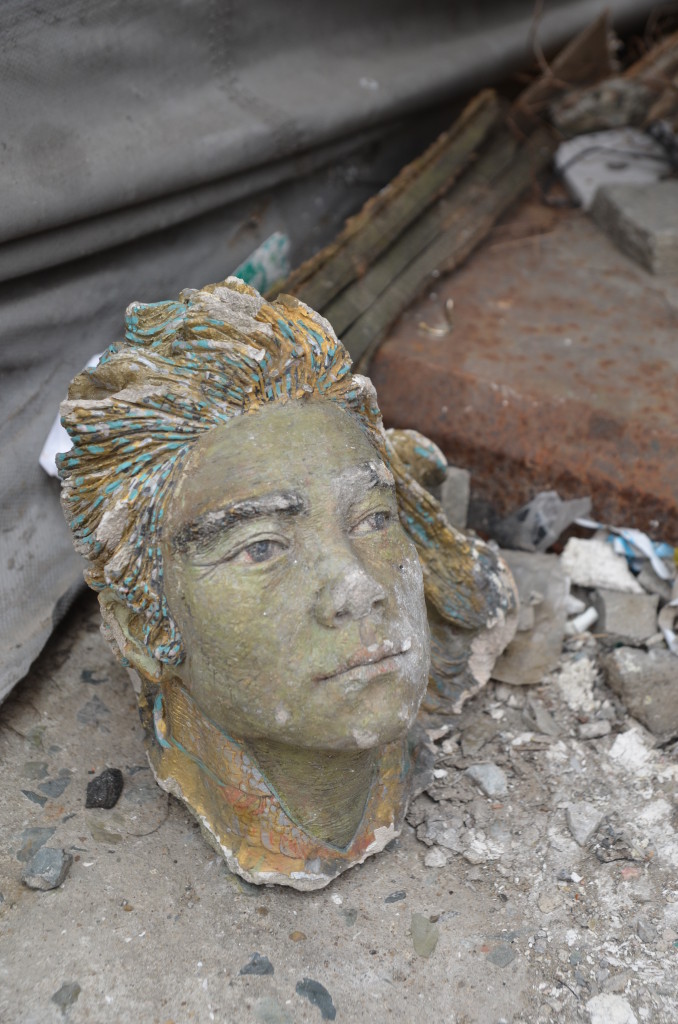 followed the worldcup-daero road, renamed for the 2002 fifa world cup that took place near by.
followed the worldcup-daero road, renamed for the 2002 fifa world cup that took place near by.
past geojeyeok entered an old neighborhood.
signs of mudang and shamans.
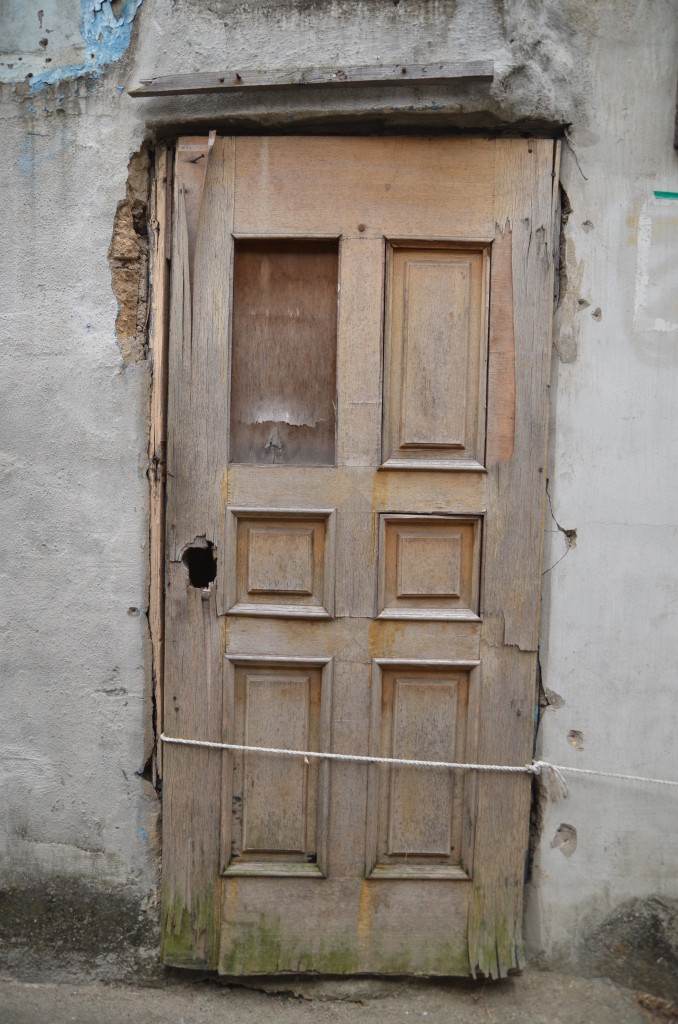 a neighborhood that will be swept away by the new korea of high rises and lotte castles.
a neighborhood that will be swept away by the new korea of high rises and lotte castles.
hardcore history podcast

http://www.dancarlin.com/hardcore-history-53-blueprint-for-armageddon-iv/
war history podcast

jerusalem of gold
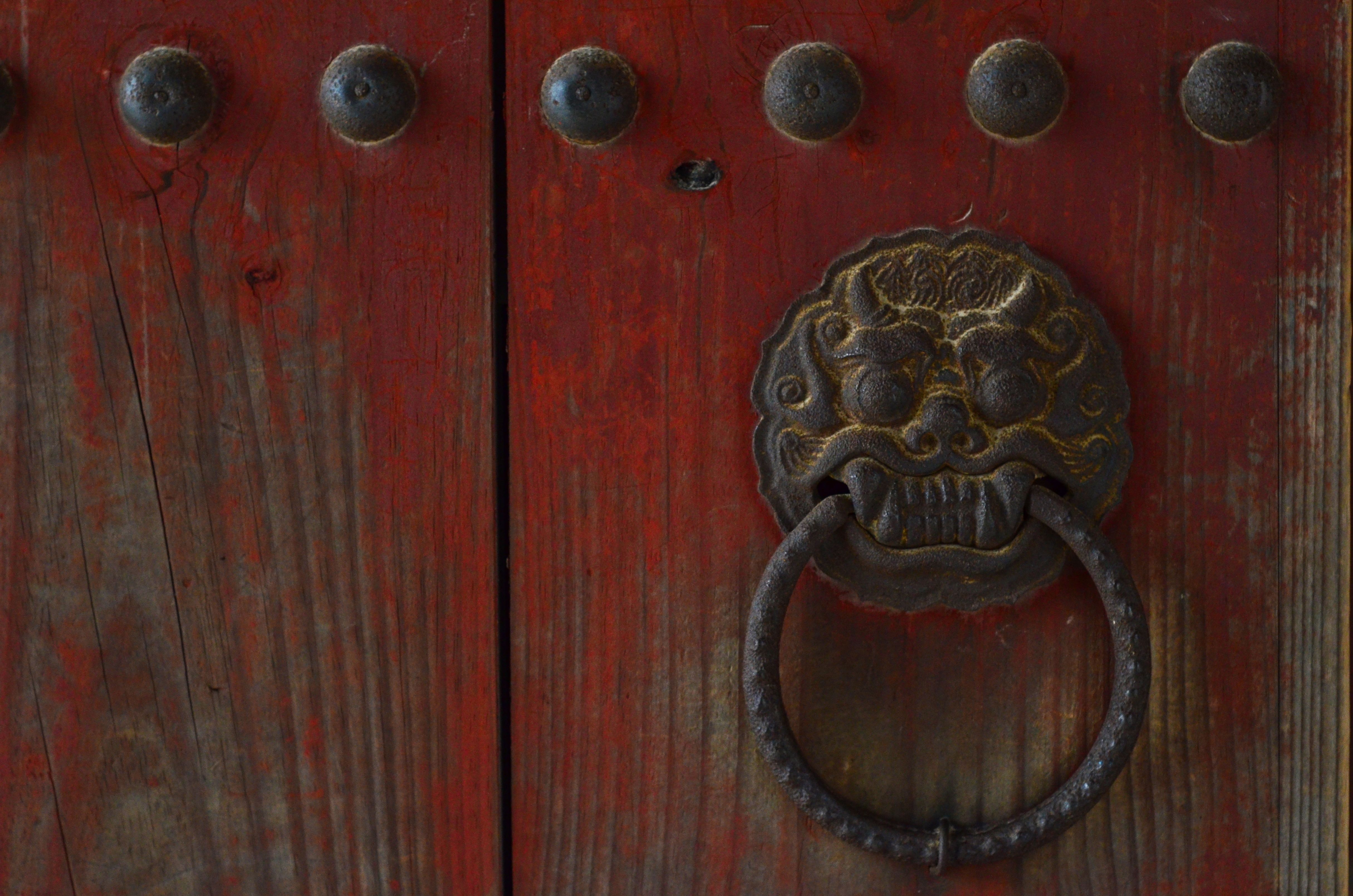
Noviembre | 2012 | Gyeongju 경주시

El Baile de la Botella and the tragedy of the mid-1990s
January 15, 2012. Worked at Twosome Place coffeeshop in Gwanlli beach on a play for 5 year olds. I love this place because I can see the bridge. The Gwanlli bridge is one of the things that charmed me about Busan before I moved here. Now, four months after my arrival, its sight reminds me why I’m here.
Skyped my sister, who pointed that this was the sound of our generation.
Then, on a more somber note, I went to Beached Bar in the same seafront strip. Talking with the owner, I discovered a horrific event that happened in Seoul in 1995. A mall collapsed killing 501 people. The Sampoong Department Store. Hearing and reading more about the event made Korean malls and Seoul have an ominous feel. Even the name Sampoong is disturbing. I tense up reading this section of the wikipedia entry as the disaster begins to unfold but nobody does anything about it…
“In April 1995, cracks began to appear in the ceiling of the south wing’s fifth floor. During this period, the only response by Lee and his management staff involved moving merchandise and stores from the top floor to the basement.
On the morning of June 29, the number of cracks in the area increased dramatically, prompting managers to close the top floor and shut the air conditioning off. The store management failed to shut the building down or issue formal evacuation orders, as the number of customers in the building was unusually high, and they did not want to lose the day’s revenue. However, the executives themselves left the premises as a precaution.
Civil engineering experts were invited to inspect the structure, with a cursory check revealing that the building was at risk of collapse; the National Geographic documentary seriesSeconds From Disaster indicates that the facility’s manager was examining the slab in one of the restaurants on the fifth floor, eight hours before the collapse, when, unknowingly, vibration from air conditioning was radiating through the cracks in the concrete columns and the floor opened up.
Five hours before the collapse, the first of several loud bangs was heard emanating from the top floors, as the vibration of the air conditioning caused the cracks in the slabs to widen further. Amid customer reports of vibration, the air conditioning was turned off, but the cracks in the floors had already widened to 10 cm.
At about 5:00 p.m. Korea Standard Time (UTC+9:00), the fitfh floor ceiling began to sink, resulting in store workers blocking customer access to the fitfh floor. According to Seconds From Disaster, the store was packed with shoppers 52 minutes before the collapse, but the owner did not close the store or carry out repairs at that time. When the building started to produce cracking sounds at about 5:50 p.m., workers began to sound alarms and evacuate the building, but by then it was too late.
Around 5:52 p.m., the roof gave way, and the air conditioning unit crashed through into the already-overloaded fifth floor.[1] The main columns, weakened to allow the insertion of the escalators, collapsed in turn, and the building’s south wing pancaked into the basement. Within 20 seconds, all of the building’s columns in the south wing gave way, trapping more than 1,500 people and killing 501.
The disaster resulted in about ₩270 billion (approximately US$216 million) worth of property damage.”
Sampoong Department Store collapse. In Wikipedia. Retrieved January 15, 2012 from http://en.wikipedia.org/wiki/Sampoong_Department_Store_collapse

The aftermath.
image from: http://baileybrosbuildingandloanabroad.blogspot.com/2011/04/incompetence-negligence-and-greed.html
